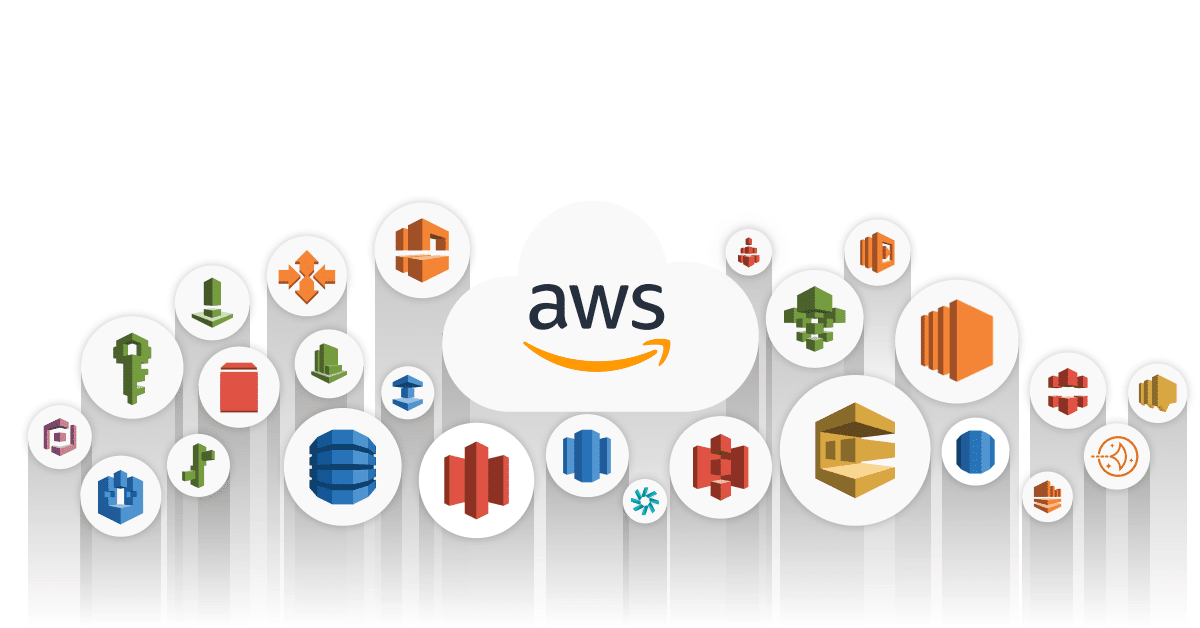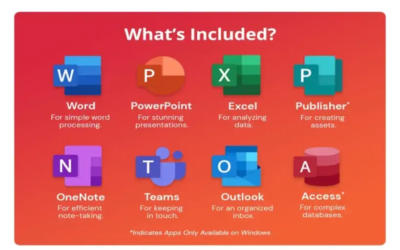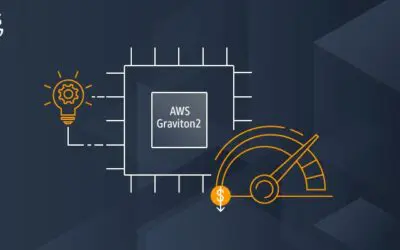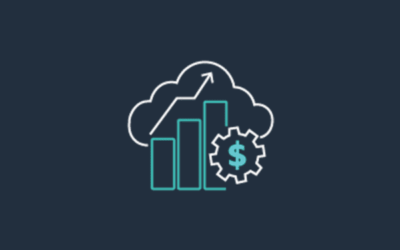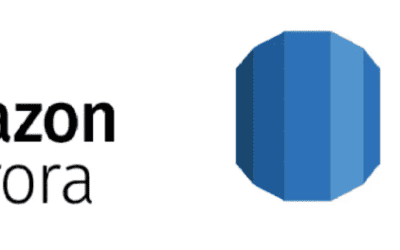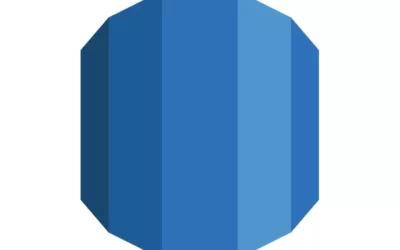The Daily Dose
Our regularly updated blog on all the things that we think you will find interesting. AWS, Cloud, Healthcare, Mobile apps, tutorials and more.
Top 25 AWS Services
Learn about our Top AWS Services for 2023 and prepare your journey through the cloud with precision and confidence.
Read more ➞
Top 10 AWS Migration Services
Discover our top services for helping you migrate over to the AWS cloud.
Read more ➞
AWS Business Continuity Plan
Learn how to create an effective business continuity plan for your AWS stack.
Read more ➞
Top Software as a Service Companies in 2024
Spending for public cloud usage continues to climb with every year. In 2023, nearly $600 billion was spent world-wide with a third of that being taken up by SaaS. By comparison, Infrastructure as a Service only takes up $150 billion and Platform as a Service makes up $139 billion. On average, companies use roughly 315 individual SaaS applications for their operations and are gradually increasing on a yearly basis. SaaS offers a level of cost efficiency that makes it an appealing option for consuming software.
AWS Graviton and Arm-architecture Processors
AWS launched its new batch of Arm-based processors in 2018 with AWS Graviton. It is a series of server processors designed for Amazon EC2 virtual machines. The EC2 AI instances support web servers, caching fleets, distributed data centers, and containerized microservices. Arm architecture is gradually being rolled out to handle enterprise-grade utilities at scale. Graviton instances are popular for handling intense workloads in the cloud.
What is Tiered Pricing for Software as a Service?
Tiered Pricing is a method used by many companies with subscription models. SaaS companies typically offer tiered pricing plans with different services and benefits at each price point with typically increasing benefits the more a customer pays. Striking a balance between what good rates are and the price can be difficult at times.
The Most Popular Cloud Cost Optimization Tools
Cloud environments and their pricing models can be difficult to control. Cloud computing does not offer the best visibility and it is easy to lose track of which price control factors are having an impact on your budget. Having the right tools can help put value to parts of an environment and provide guides on how to better bring budgetary issues back under control.
The Difference Between Amazon RDS and Aurora
AWS does incorporate several database services that offer high performance and great functionality. However, customers do find the difference between Amazon Relational Database Service and Amazon Aurora. Both services do provide similar functions, but do cover their own use cases.
AWS Snowflake Data Warehouse Pricing Guide
AWS Snowflake Data Warehouse – or just Snowflake – is a data cloud built for users to mobilize, centralize, and process large quantities of data. Regardless of how many sources are connected to Snowflake or the user’s preferred type of organized data used, data is easily stored and controllably shared with selectively-authorized access. Snowflake does offer extensive control over its pricing, though how it works isn’t always clear.
Single-Tenant vs. Multi-Tenant Cloud Environments
Operating a cloud environment and optimizing Software as a Service can be managed in two different methods. Reasons for adopting either single-tenant or multi-tenant cloud environments are dependent on business and customer-related factors as well as how much more expensive one architectural structure will be over the other. Both structure types also have a number of security and privacy implications tied to their inherent design.
Guide to Cost Factors for Amazon’s RDS Pricing
Addressing the question of what influences Amazon RDS costs, it’s important to note that Amazon sports a complex pricing model. While the pay-for-what-you-use model seems straightforward, there are nuanced aspects to consider. Factors such as data usage and the choice of computing components can swiftly deplete one’s budget allocation. However, this doesn’t mean that AWS is inherently costly. With proper planning and a deep understanding of the contributing elements to billing, users can navigate and optimize their expenses effectively.
The Best Containers Platforms to Replace Docker
Docker is still a popular platform for container projects and applications due to its ease of use, modernized tools, and widely accepting compatibility. It’s capable of packaging applications with their dependencies, letting the application run on any OS and multiple environment types. It can roll back, track changes to specific users, and run on any environment it’s installed on. As much as Docker has revolutionized the use of containers, Kubernetes has started depreciating it as early as 2020.
